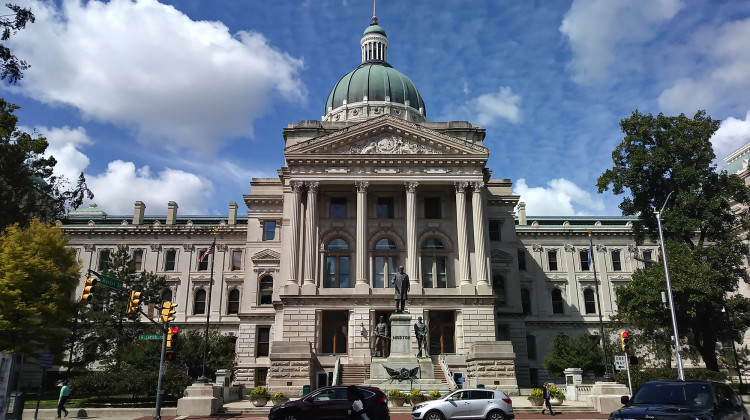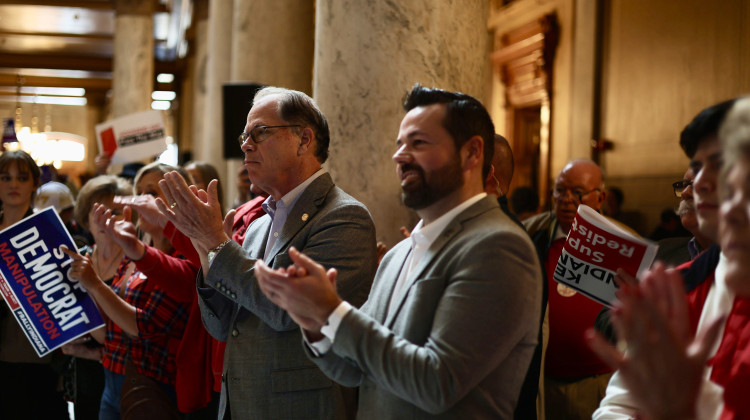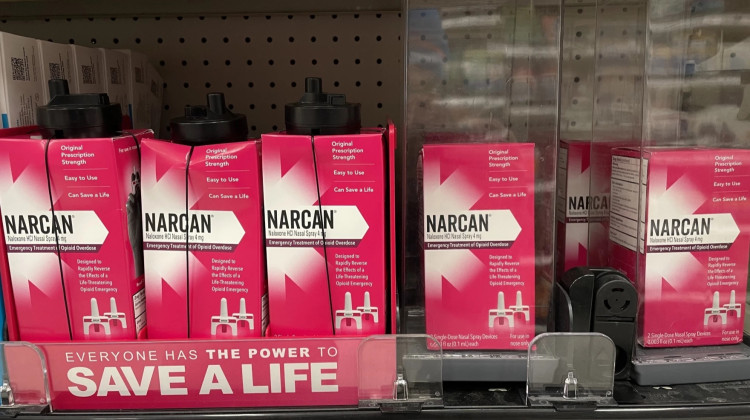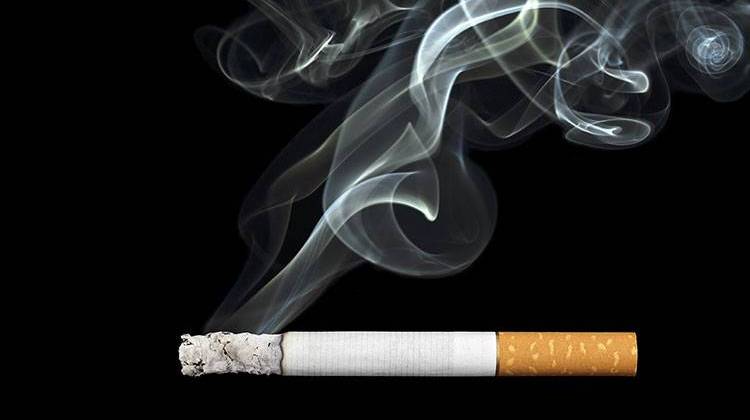Indiana developed community-based response teams to address the state’s high drug overdose mortality rate in 2019. A report presented at the Indiana Commission to Combat Substance Use Disorder said these teams identified additional barriers to treatment in their communities and improved community attitudes toward substance use disorders.
Indiana has 11 Mobile Integrated Response Systems sites. These are community-based programs that “close critical system gaps in local regions.”
Sara Howe is a senior director at Third Horizon Strategies. Her organization was selected by the state to evaluate the response systems. She said one site noted stigma around substance use disorder affected how law enforcement interacted with the program.
“When they first started working with this program, their colleagues in law enforcement had said they called it the ‘Hugs for Thugs’ program,” Howe said.
However, Howe said, years later, the law enforcement officers called the site to help people with a substance use disorder get support instead of being incarcerated.
The report also said sites identified additional barriers to treatment for substance use disorders. Howe said many sites reported that limited transportation options prevented people from accessing treatments.
“Many of these sites really tried to work uniquely to help assist in those transportation options,” Howe said. “We certainly know if somebody is on their path to recovery and can't get transportation to a job, that’s a very difficult barrier for them.”
Join the conversation and sign up for the Indiana Two-Way. Text "Indiana" to 73224. Your comments and questions in response to our weekly text help us find the answers you need on statewide issues, including our project Civically, Indiana.
Howe said some teams even established separate transportation assistance programs or provided bus passes to address the gap. One team used funding from another grant for vehicles for peer coaches to provide direct transportation to treatment programs.
Howe said housing was another barrier. Some sites said clients would be denied housing “due to prior justice involvement.” One site said there was limited transitional housing available. Another site said the closest homeless shelter was a 45-minute drive and was “usually always full.”
The commission meeting also included an update on Indiana’s opioid settlement money. Chair of the commission, Douglas Huntsinger, said Indiana is taking a “multidisciplinary, multi-agency approach.”
“I had the opportunity to meet with some of my counterparts from across the country, and Indiana is one of just a handful of states that is getting money out the door,” Huntsinger said.
Huntsinger said the state Office of Drug Prevention, Treatment, and Enforcement will continue to update its website to show how communities are spending the settlement money.
Abigail is the a health reporter for Indiana Public Broadcasting. Contact them at aruhman@wboi.org.
9(MDAyMzk1MzA4MDE2MjY3OTY1MjM5ZDJjYQ000))
 DONATE
DONATE







 Support WFYI. We can't do it without you.
Support WFYI. We can't do it without you.